Carbon Fibre House: a Swiss home that draws on the history of prefabrication

When the owners of a parcel of Swiss countryside wanted to build a getaway villa, they turned to Ali Tayar, a New York architect with a keen interest in the legacies of Modernism. Having worked with the client on a string of other projects over the course of 12 years, Tayar had latitude to explore untested architectural concepts. ‘In many ways, this house is almost a research project,’ he suggests.
Among these experiments was the architect’s use of carbon fibre, a material most often associated with boats. To do this, Tayar travelled to the Isle of Wight, where Gurit, the company that supplied the material, has an office. ‘They have extensive experience of using carbon fibre in boats, so we transferred that knowledge, applying it to architecture,’ Tayar explains. The result is a dark blue volume that juts out from the house. Like a boat, this skin doubles as structure, meaning that it can cantilever without needing columns underneath it.
Even the main volume, which reads as a more standard wood-frame house, explores new approaches to structure. Whereas most modernist villas make use of steel columns to let the facade hang as a skin (as Le Corbusier famously argued for with his Maison Dom-Ino project), with the Carbon Fibre House, Tayar put the façade to work, making even the window mullions carry structural loads. ‘The structural design is a reversal of this modernist idea of transferring structure onto columns to free the mullions from loads,’ he explains. In both cases—the carbon fibre cantilever and the teak volume—Tayar’s design freed the interior spaces from obtrusive columns.
Because he did not have to shape interior spaces around an array of columns, Tayar laid out the interiors without traditional corridors. Instead, he designated those areas that would be considered circulation spaces with lower ceilings, as opposed to high-ceilinged common rooms.
For his part, Tayar considers his approach as a kind of nuanced rebuttal to contemporary formalism, saying, ‘as people get bored of making crazy shapes, this is one way of editing.’

The project is aptly called Carbon Fibre House, as it uses the modern material extensively
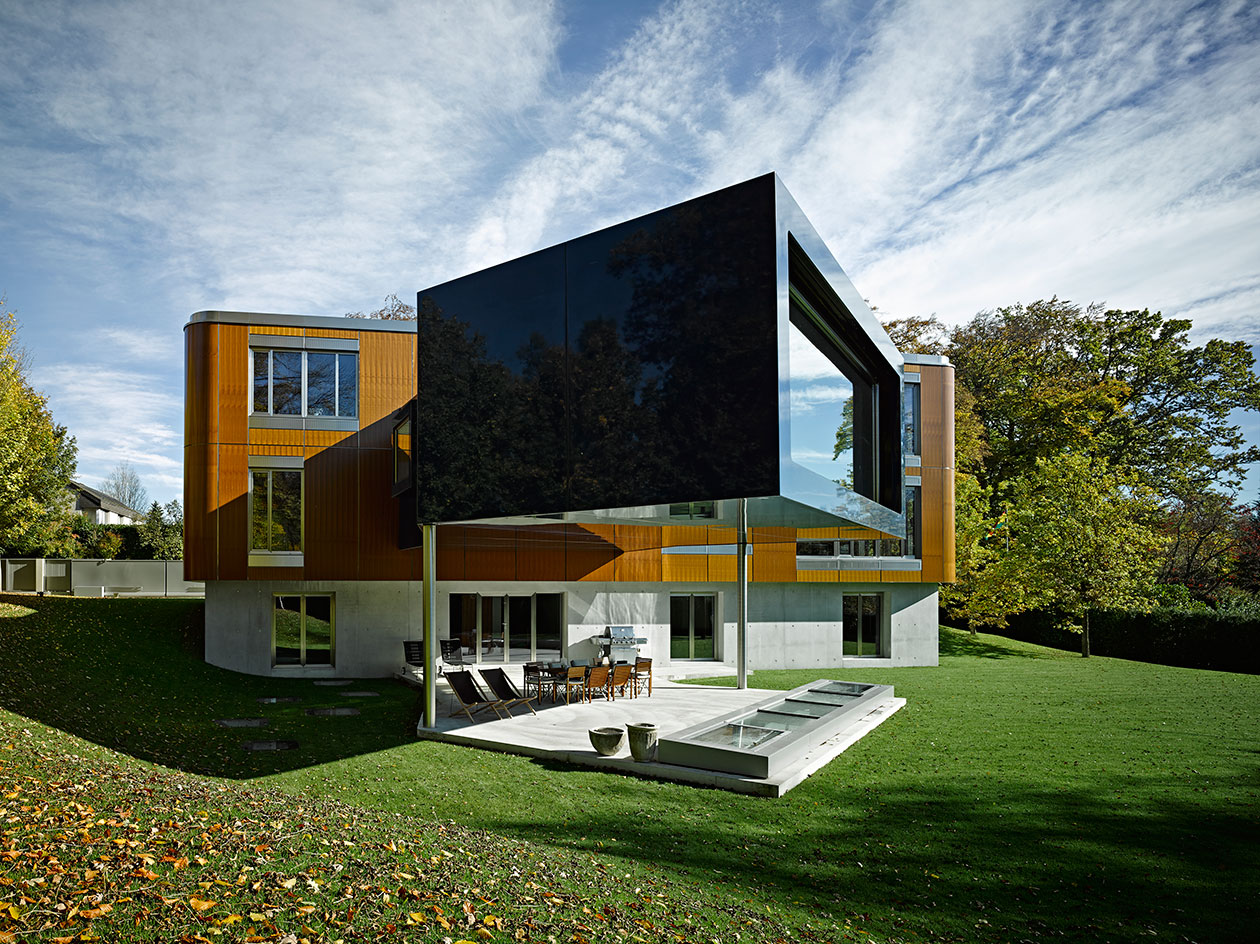
The design is thoroughly modern, but draws on experiments on prefabrication from the 20th century
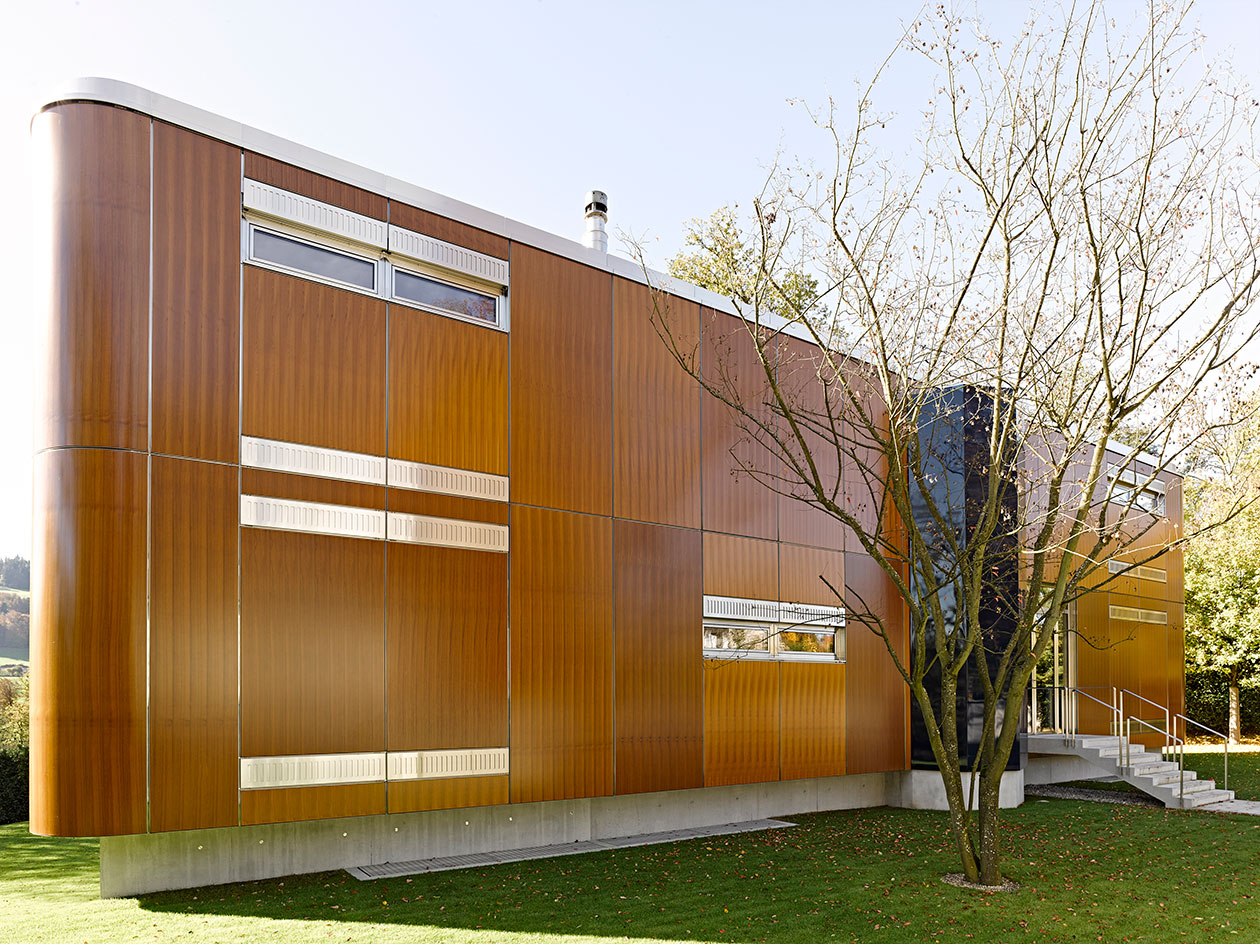
The facade panel system for example uses as a reference the plywood facade elements found in the architecture of Jean Prouve
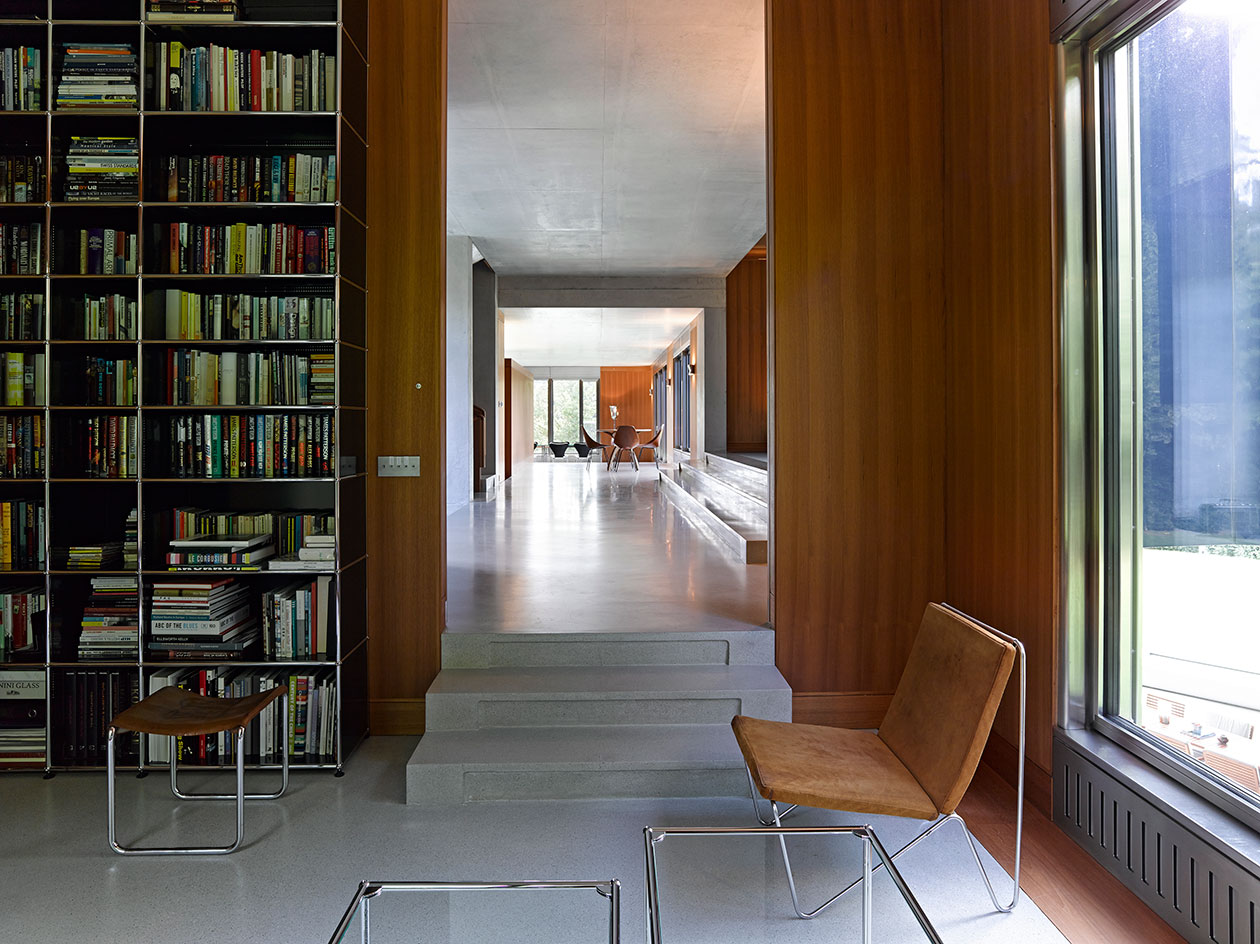
Inside, the design is suitably functional and contemporary, blenind wood panels, carbon fibre surfaces, poured-in-place terrazzo and concrete
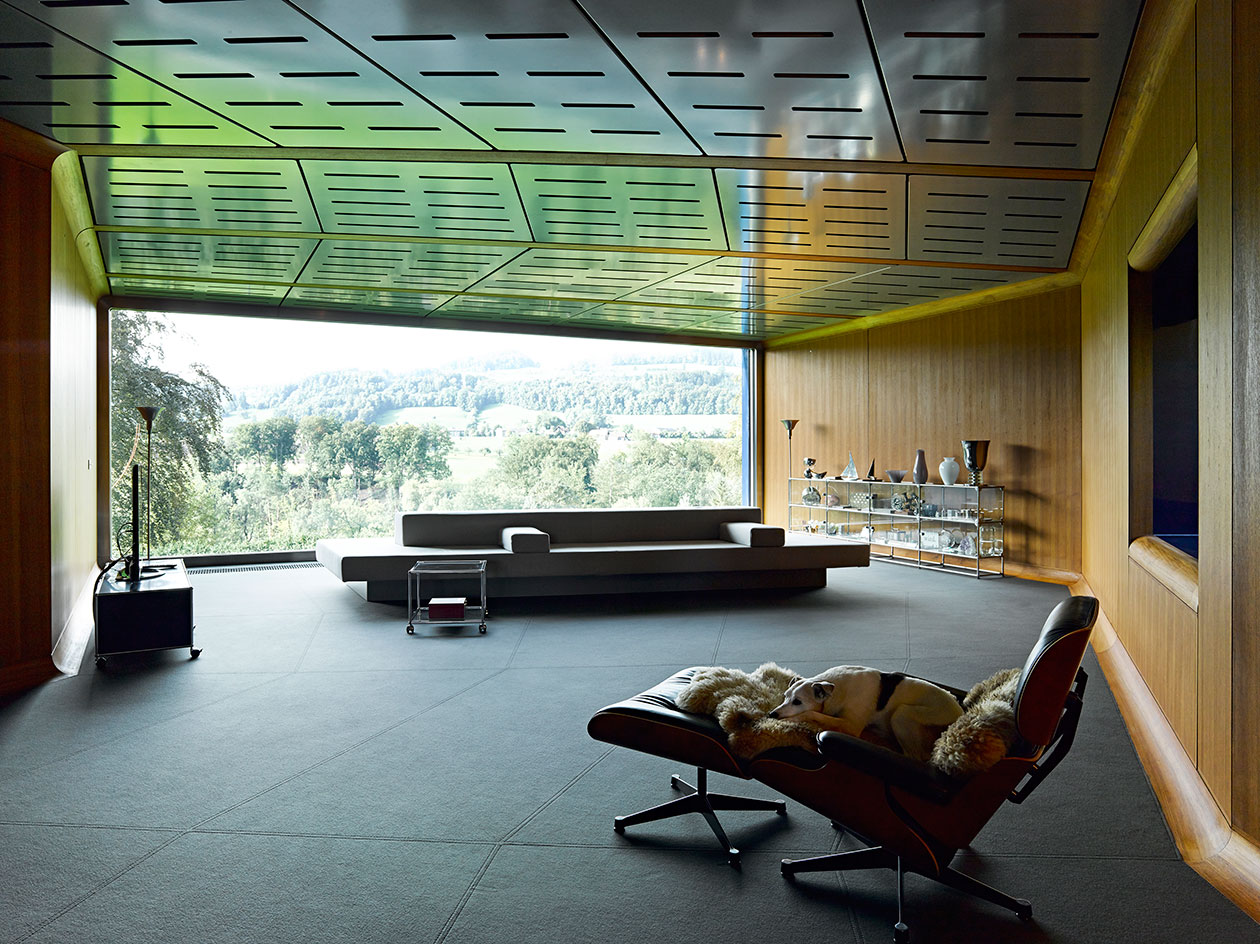
The two storey volume features a generous, open plan living room with a felt-lined floor on the second level
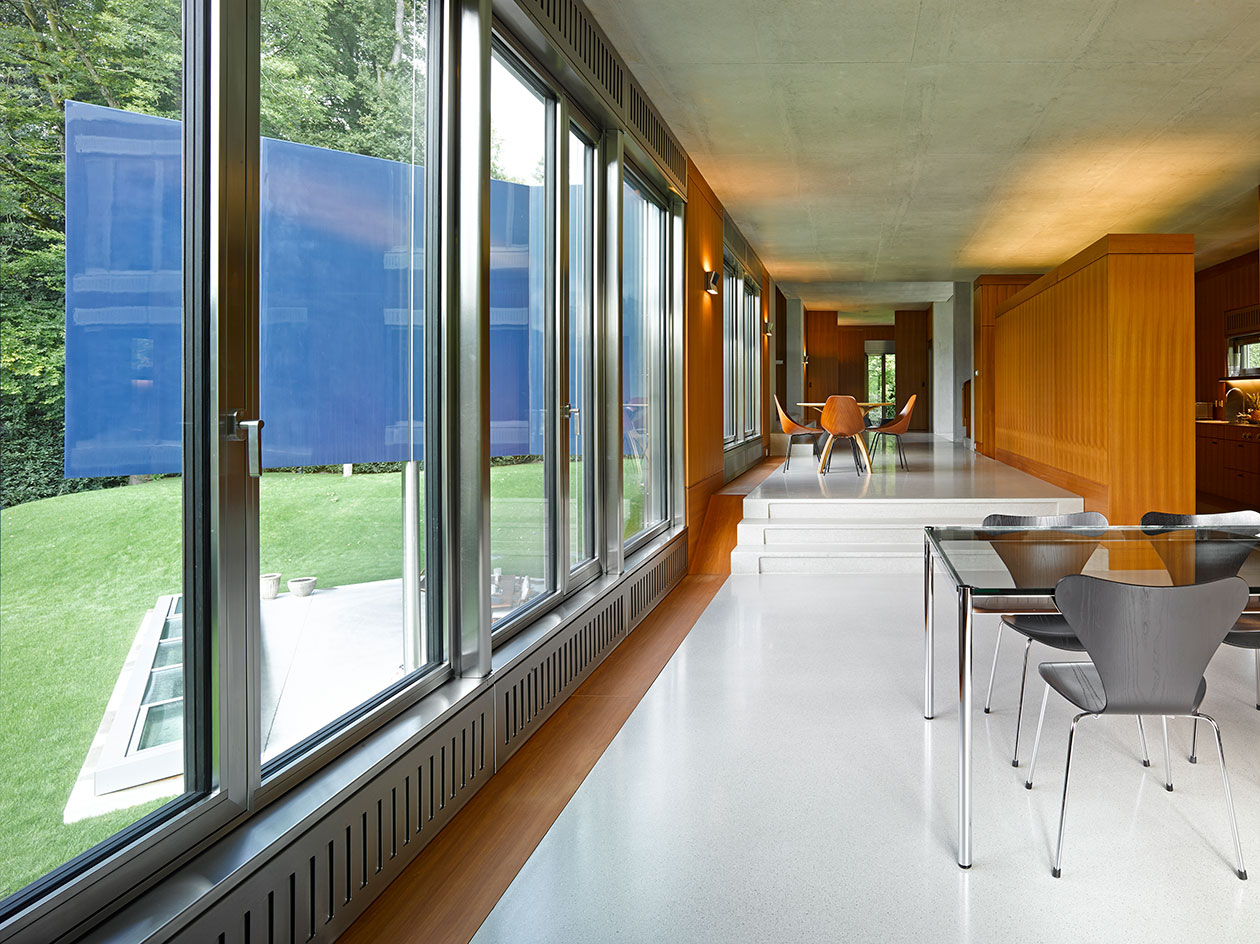
The large window units have openable panels for ventilation, allowing fresh air to circulate in the house

Heating and cooling is achieved via a coil system embedded in the reinforced concrete structural slabs

INFORMATION
For more information on Ali Tayar visit the website
Receive our daily digest of inspiration, escapism and design stories from around the world direct to your inbox.
-
 Out of office: The Wallpaper* editors’ picks of the week
Out of office: The Wallpaper* editors’ picks of the week'Tis the season for eating and drinking, and the Wallpaper* team embraced it wholeheartedly this week. Elsewhere: the best spot in Milan for clothing repairs and outdoor swimming in December
-
 How Stephen Burks Man Made is bringing the story of a centuries-old African textile to an entirely new audience
How Stephen Burks Man Made is bringing the story of a centuries-old African textile to an entirely new audienceAfter researching the time-honoured craft of Kuba cloth, designers Stephen Burks and Malika Leiper have teamed up with Italian company Alpi on a dynamic new product
-
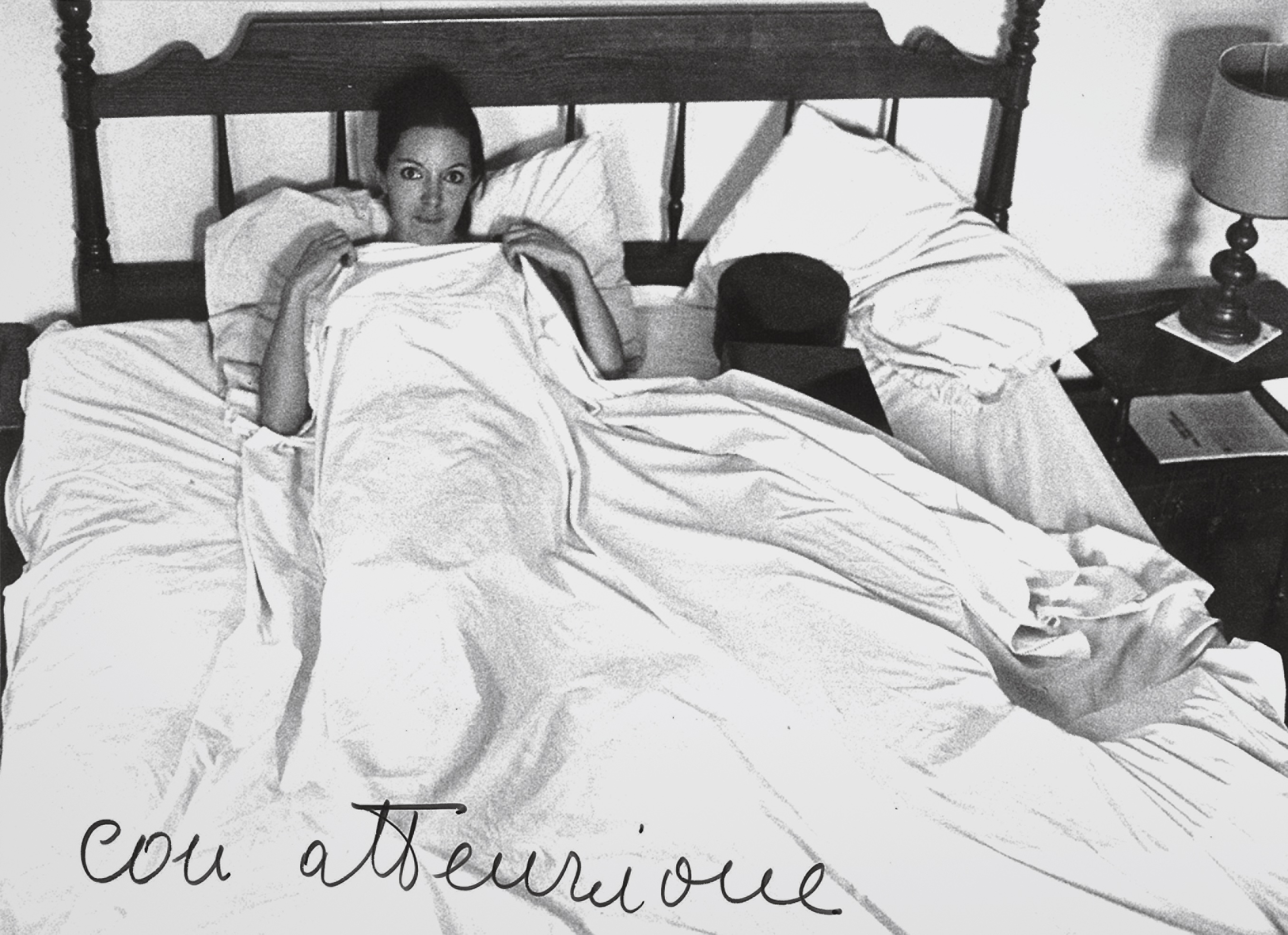 Valie Export in Milan: 'Nowadays we see the body in all its diversity'
Valie Export in Milan: 'Nowadays we see the body in all its diversity'Feminist conceptual artists Valie Export and Ketty La Rocca are in dialogue at Thaddaeus Ropac Milan. Here, Export tells us what the body means to her now
-
 This modernist home, designed by a disciple of Le Corbusier, is on the market
This modernist home, designed by a disciple of Le Corbusier, is on the marketAndré Wogenscky was a long-time collaborator and chief assistant of Le Corbusier; he built this home, a case study for post-war modernism, in 1957
-
 The Architecture Edit: Wallpaper’s houses of the month
The Architecture Edit: Wallpaper’s houses of the monthThis September, Wallpaper highlighted a striking mix of architecture – from iconic modernist homes newly up for sale to the dramatic transformation of a crumbling Scottish cottage. These are the projects that caught our eye
-
 An apartment is for sale within Cité Radieuse, Le Corbusier’s iconic brutalist landmark
An apartment is for sale within Cité Radieuse, Le Corbusier’s iconic brutalist landmarkOnce a radical experiment in urban living, Cité Radieuse remains a beacon of brutalist architecture. Now, a coveted duplex within its walls has come on the market
-
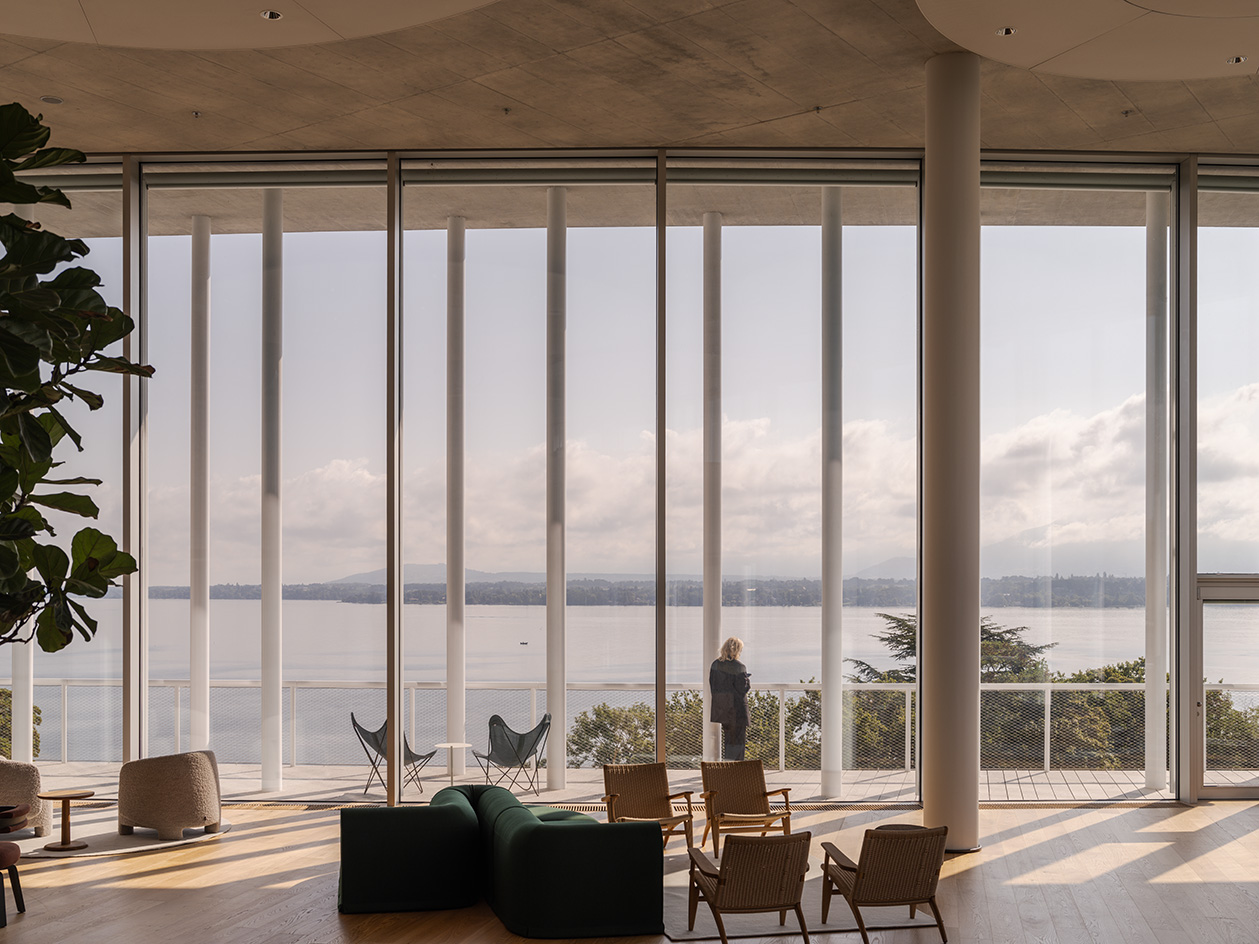 A building kind of like a ‘mille-feuille’: inside Herzog & de Meuron’s home for Lombard Odier
A building kind of like a ‘mille-feuille’: inside Herzog & de Meuron’s home for Lombard OdierWe toured ‘One Roof’ by Herzog & de Meuron, exploring the Swiss studio’s bright, sustainable and carefully layered workspace design; welcome to private bank Lombard Odier’s new headquarters
-
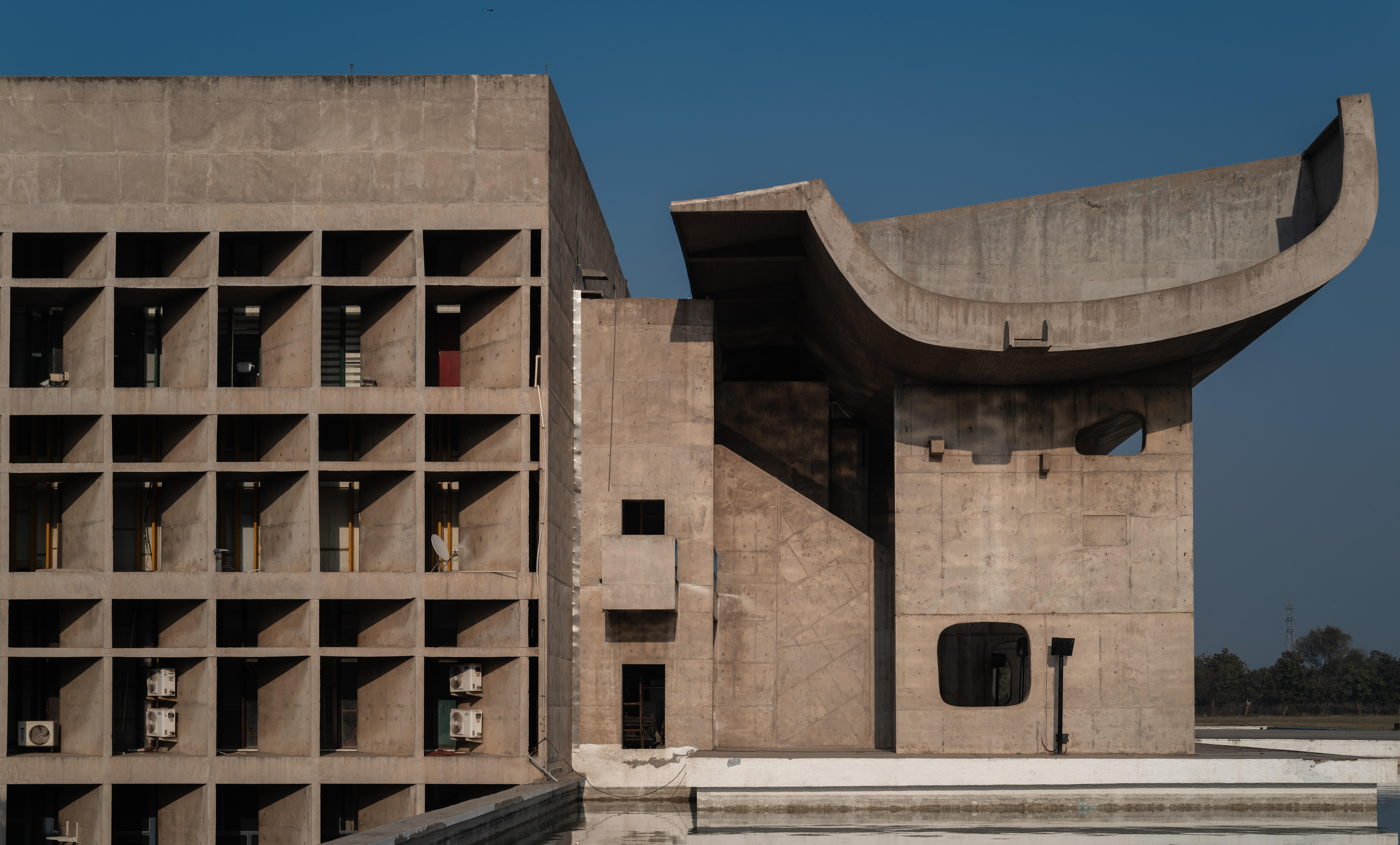 A guide to modernism’s most influential architects
A guide to modernism’s most influential architectsFrom Bauhaus and brutalism to California and midcentury, these are the architects who shaped modernist architecture in the 20th century
-
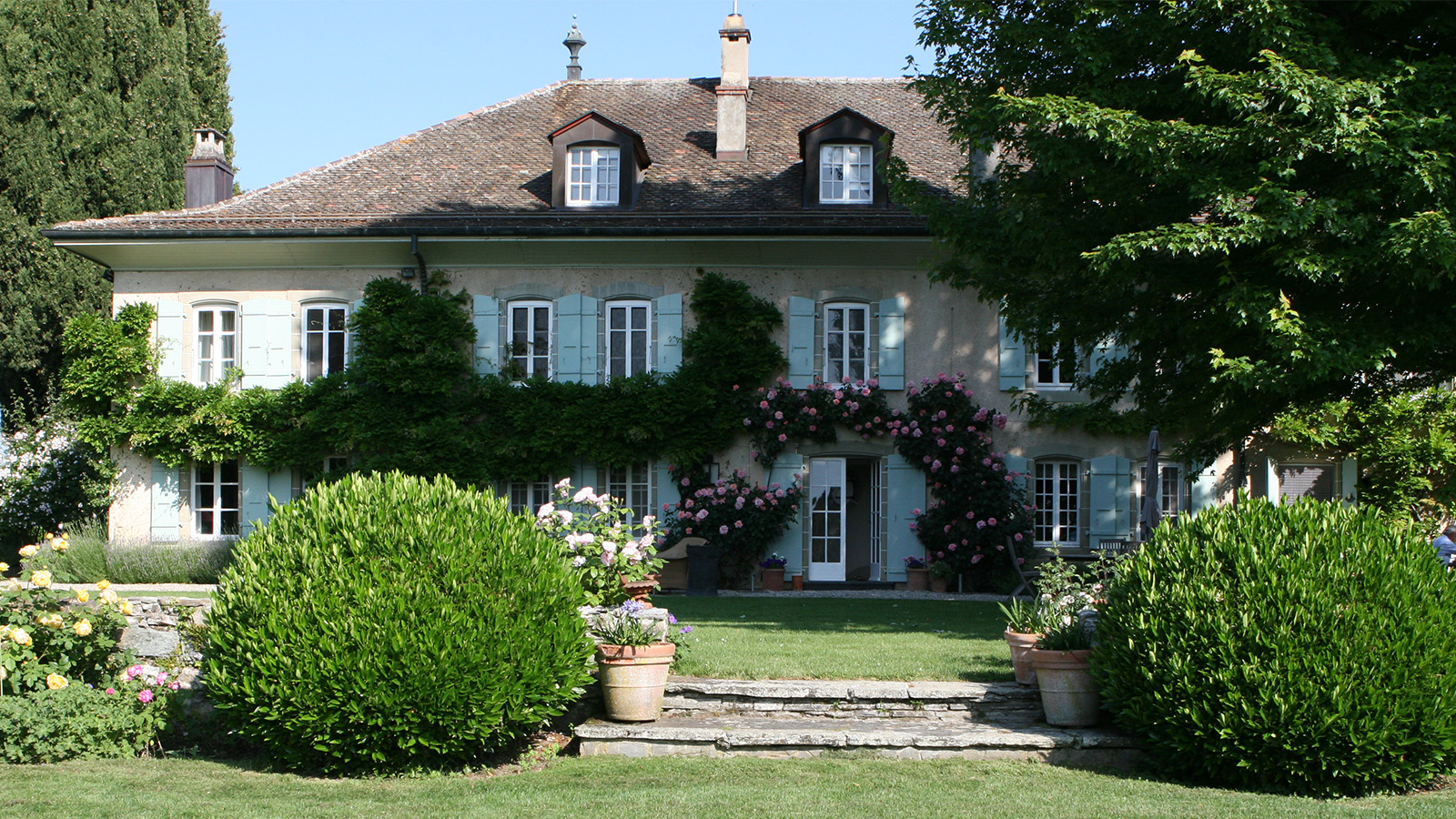 Audrey Hepburn’s stunning Swiss country home could be yours
Audrey Hepburn’s stunning Swiss country home could be yoursAudrey Hepburn’s La Paisable house in the tranquil village of Tolochenaz is for sale
-
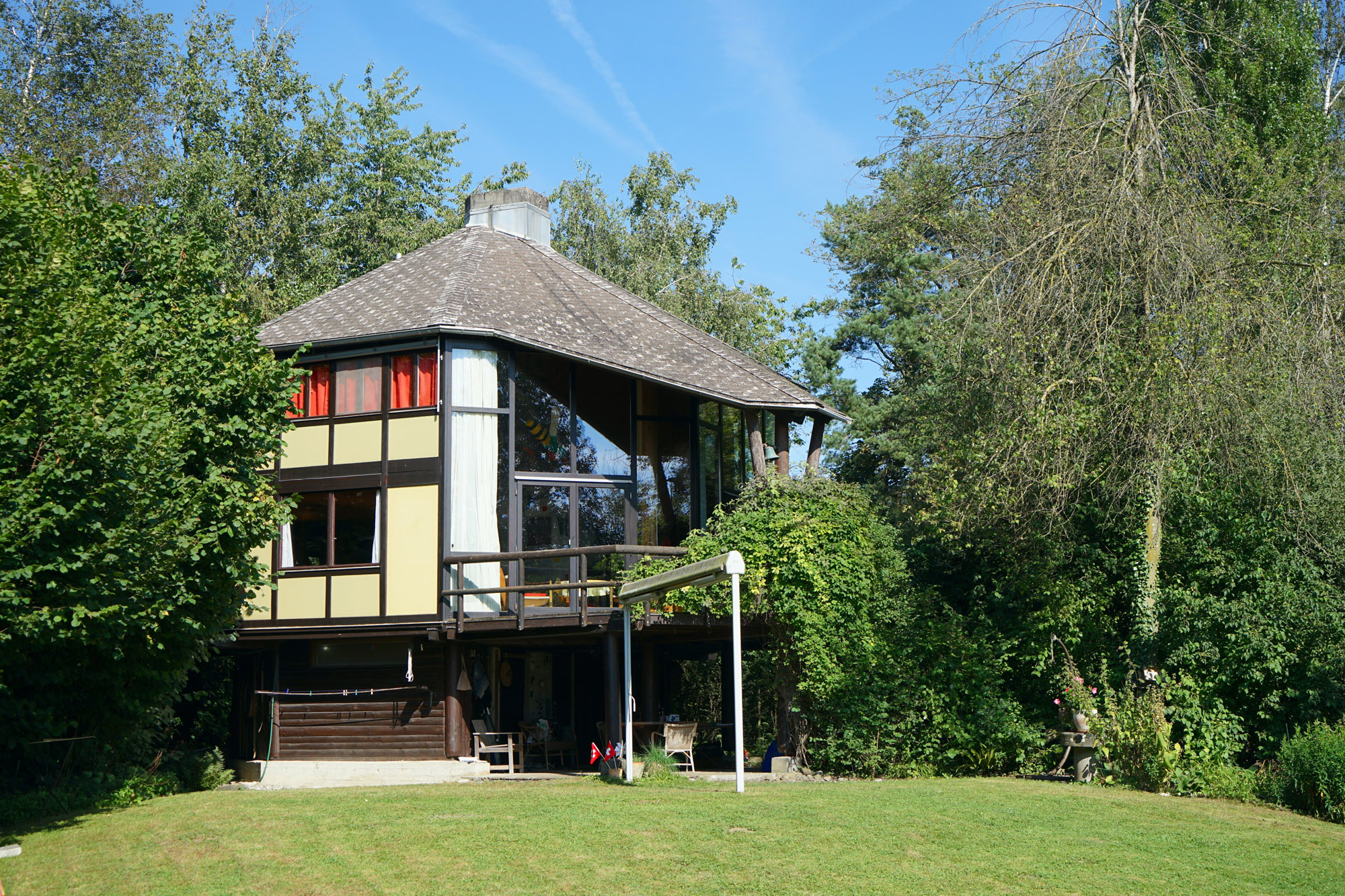 Meet Lisbeth Sachs, the lesser known Swiss modernist architect
Meet Lisbeth Sachs, the lesser known Swiss modernist architectPioneering Lisbeth Sachs is the Swiss architect behind the inspiration for creative collective Annexe’s reimagining of the Swiss pavilion for the Venice Architecture Biennale 2025
-
 This ‘architourism’ trip explores India’s architectural history, from Mughal to modernism
This ‘architourism’ trip explores India’s architectural history, from Mughal to modernismArchitourian is offering travellers a seven-night exploration of northern India’s architectural marvels, including Chandigarh, the city designed by Le Corbusier